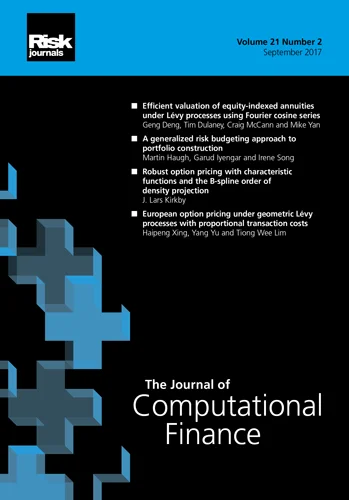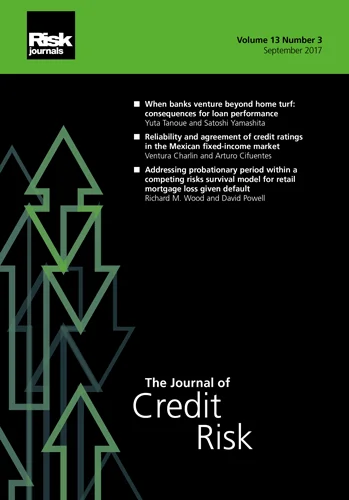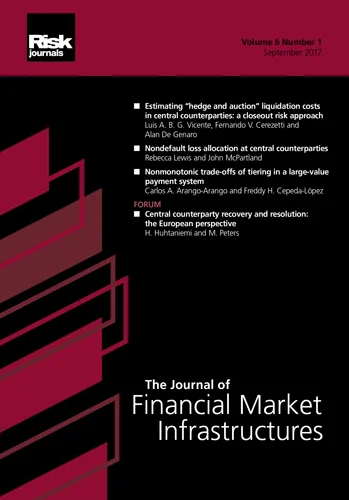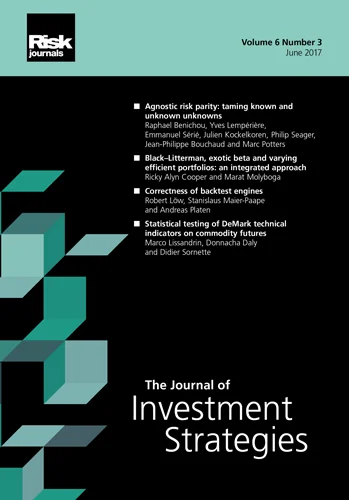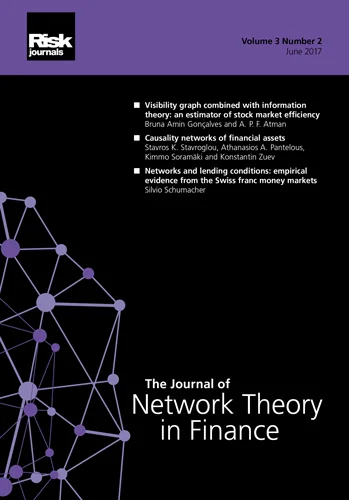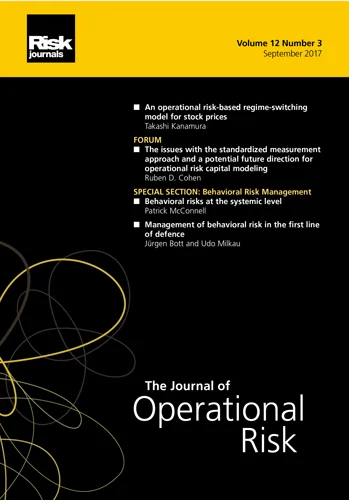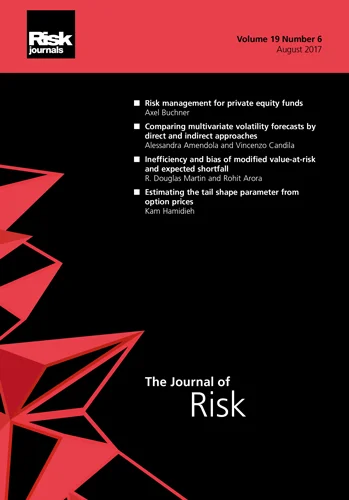Journal of Risk
ISSN:
1755-2842 (online)
Editor-in-chief: Farid AitSahlia

Approximate risk parity with return adjustment and bounds for risk diversification
Need to know
- We incorporate returns into a convex risk budgeting framework and introduce a metric for measuring risk diversification.
- Improved empirical performance (profitability and drawdown) as compared to ERC and equally weighted portfolio is demonstrated.
- Proof of asymptotic properties of the algorithms is provided.
Abstract
Traditional risk parity provides a way of diversifying a portfolio while preventing an excessive concentration of risk, providing a way to construct portfolios with a good risk diversification. The volatility of the risk-parity portfolio lies somewhere between the minimum variance and 1 / n portfolios, which have been studied extensively. While risk-parity portfolios or equal risk contribution (ERC) portfolios are easy to compute and implement, they depend only on the covariance matrix of the asset universe and are agnostic to the assets’ returns. Efforts have been made to incorporate returns into risk parity and other risk-budgeting methods, but these methodologies either create problems that are difficult to solve or relax conditions, providing no guarantees about what portfolio will be obtained. Not only are these problems hard to solve using numerical heuristics, but their heuristics give no guarantees of risk diversification. In this paper, we adopt the principle of diversifying risk contributions to improve returns, by satisfying approximate risk parity while providing bounds on a risk spread (RS) metric that quantifies risk diversification and takes returns into account. Mathematically, we provide algorithms (called return-adjusted holdings (RAH), return-adjusted contributions (RAC) and approximately equal risk contributions (AERC)) that bridge the gap between the risk contributions or risk spread and allow profitable assets to contribute more to a portfolio than would be allowed through regular risk parity. Moreover, these algorithms involve convex programs that can be solved efficiently using fast first- and second-order algorithms from optimization packages such as MOSEK. In addition, in line with recent advancements, these algorithms have convergence guarantees in special cases.
Copyright Infopro Digital Limited. All rights reserved.
As outlined in our terms and conditions, https://www.infopro-digital.com/terms-and-conditions/subscriptions/ (point 2.4), printing is limited to a single copy.
If you would like to purchase additional rights please email info@risk.net
Copyright Infopro Digital Limited. All rights reserved.
You may share this content using our article tools. As outlined in our terms and conditions, https://www.infopro-digital.com/terms-and-conditions/subscriptions/ (clause 2.4), an Authorised User may only make one copy of the materials for their own personal use. You must also comply with the restrictions in clause 2.5.
If you would like to purchase additional rights please email info@risk.net
